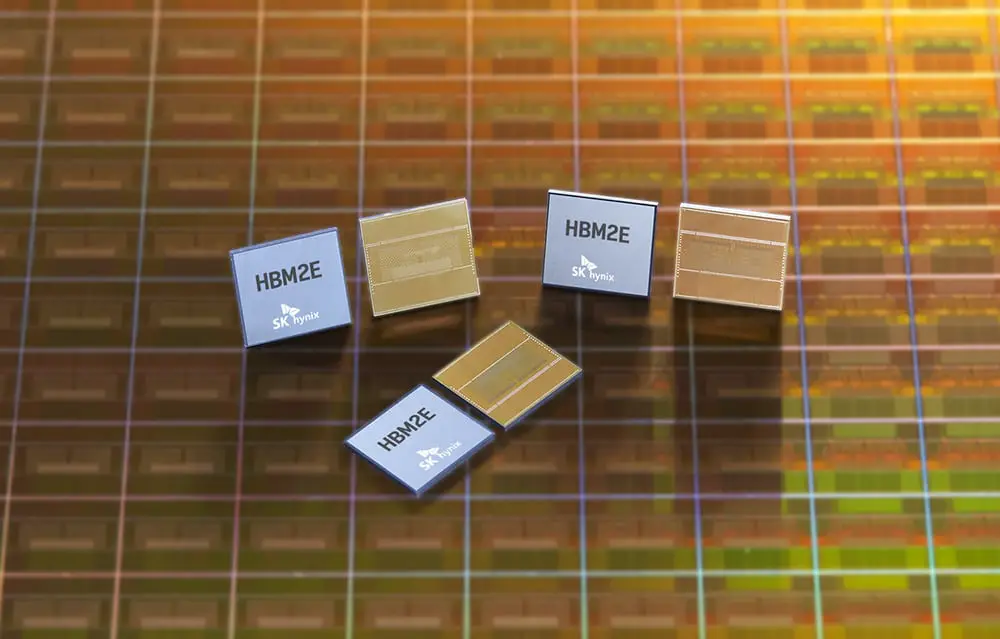HBM2E has been seen for some time as the regent for bandwidth and memory technology is used in high-performance graphics cards as well as areas such as artificial intelligence and machine learning. Rambus now states that their latest HBM2E circuits are capable of maintaining a speed of 4.0 Gbps per pin – 25 percent higher than the JEDEC standard.
With the new solution, Rambus opens the door for the use of faster memory circuits, where the SK Hynix variant with 3.6 Gbps capacity can be handled with a good margin. Rambus does not take full credit for the technological advances, but reports that they worked on the new technology together with SK hynix and Alchip, where the latter used TSMC’s chiplet packaging Cowoc to show the potential of Rambus’ HBM2E control unit.
The new HBM2E circuits are said to be capable of keeping speeds of 4.0 Gbps per pin stable, for a theoretical maximum limit of 512 GB / s, and the technology company announces that the high speeds have been reached without raising the voltage. The results from the tests are said to exceed Rambus’ expectations, which now seem to be pulling away from competitors regarding HBM2E technology.
Rambus HBM2E operates stably at a speed of 4.0 Gbps
As mentioned, the HBM2E capsules can be paired with memory circuits from SK hynix, which can now be combined for a memory amount of 36 GB per capsule, where the bandwidth amounts to 460 GB / s. This can be compared with Samsung’s six-month-old HBM2 solution “Flashbolt”, which in the basic version offers bandwidth of 3.2 Gbps per stick or 410 GB / s per capsule. Via overclocking, 4.2 Gbps and 538 GB / s can instead be achieved, which, however, requires a memory check just above Rambus’ solution.
Example of memory interface of the type HBM2E
HBM2E offers both high performance and energy efficiency compared to the GDDR6 variant, and in addition a relatively small circuit area is required. However, the many advantages come at a higher price, which means that the technology has so far not succeeded in hitting a broad front. The future will show whether manufacturers succeed in pushing costs to a level where the technology can be used in a wider range of products.
Read more about HBM2E:















